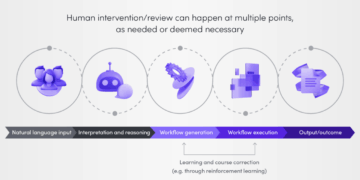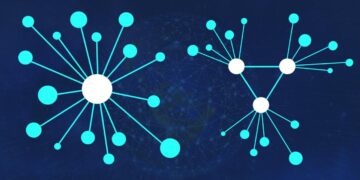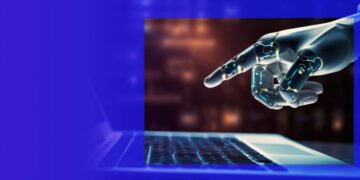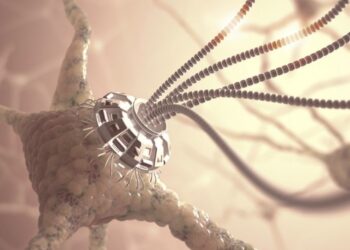In recent years, a remarkable transformation has been quietly unfolding in the field of computational science—a shift so profound that it could redefine the boundaries of human problem-solving. This shift is known as the Quantum Computing Leap.
Quantum computing is not just an incremental advancement of traditional computers. It is an entirely new paradigm that harnesses the principles of quantum mechanics to process information in ways previously deemed impossible. The recent leap in quantum computing marks the transition from theoretical speculation to tangible application, pushing the frontiers of physics, cryptography, artificial intelligence, pharmaceuticals, logistics, and more.
This article explores the core of quantum computing, the science behind its leap, its recent breakthroughs, and how this quantum revolution will impact industries, economies, and the future of intelligence itself.
Understanding Quantum Computing
Traditional computers, known as classical computers, rely on binary bits (0s and 1s) to represent and process data. Quantum computers, however, use quantum bits or qubits, which can exist in multiple states simultaneously due to the principles of superposition and entanglement.
Key Principles:
A. Superposition – A qubit can represent both 0 and 1 at the same time
B. Entanglement – Qubits can be linked so that the state of one affects the state of another, regardless of distance
C. Quantum Interference – The probability of outcomes can be amplified or canceled, allowing optimal solutions to emerge
D. Quantum Tunneling – Enables exploration of multiple solutions simultaneously
These principles allow quantum computers to process complex datasets and perform parallel computations far beyond the capabilities of classical machines.
The Significance of the Quantum Leap
While the idea of quantum computing has been around since the 1980s, practical implementation faced enormous technical challenges. Only in the past few years have researchers and companies begun to build stable, programmable quantum systems capable of solving real-world problems.
The “quantum leap” refers to the transition from:
Dozens to hundreds or thousands of stable qubits
Experimental setups to commercial platforms
Lab research to enterprise applications
This leap is now reshaping how we think about everything from material science to artificial intelligence.
Recent Breakthroughs in Quantum Computing

1. IBM’s Quantum Roadmap
IBM has launched several quantum processors, including the 127-qubit Eagle, the 433-qubit Osprey, and their upcoming Condor processor boasting over 1000 qubits. Their quantum roadmap aims for quantum advantage in commercial workloads within this decade.
2. Google’s Quantum Supremacy
In 2019, Google announced that its quantum computer, Sycamore, solved a problem in 200 seconds that would take the most powerful classical supercomputer 10,000 years. This milestone marked a new era in computing.
3. D-Wave and Quantum Annealing
D-Wave Systems focuses on quantum annealing, a specialized form of quantum computing used for optimization problems. Their Advantage system now supports 5000+ qubits, with real-world applications in logistics and AI.
4. IonQ and Trapped Ion Qubits
IonQ uses trapped ion technology, which offers longer coherence times and high fidelity. Their machines are already available through Amazon Braket and Microsoft Azure Quantum.
5. China’s Quantum Breakthrough
Chinese scientists developed Jiuzhang, a photonic quantum computer that achieved quantum supremacy in Gaussian boson sampling, surpassing classical speed records.
Types of Quantum Computing Systems
Different quantum computers use different architectures. The leap in the field is also marked by diversification of quantum platforms.
A. Superconducting Qubits
Used by IBM and Google
Fast gate operations but require ultra-cold environments
B. Trapped Ions
Used by IonQ and Honeywell
High precision and stable coherence
C. Topological Qubits
Being developed by Microsoft
More resistant to noise and decoherence
D. Photonic Quantum Computing
Used by Xanadu and PsiQuantum
Room temperature operation and potential for scaling
Each architecture has its strengths and challenges, contributing to a rapidly evolving quantum ecosystem.
Applications Unlocked by the Quantum Leap
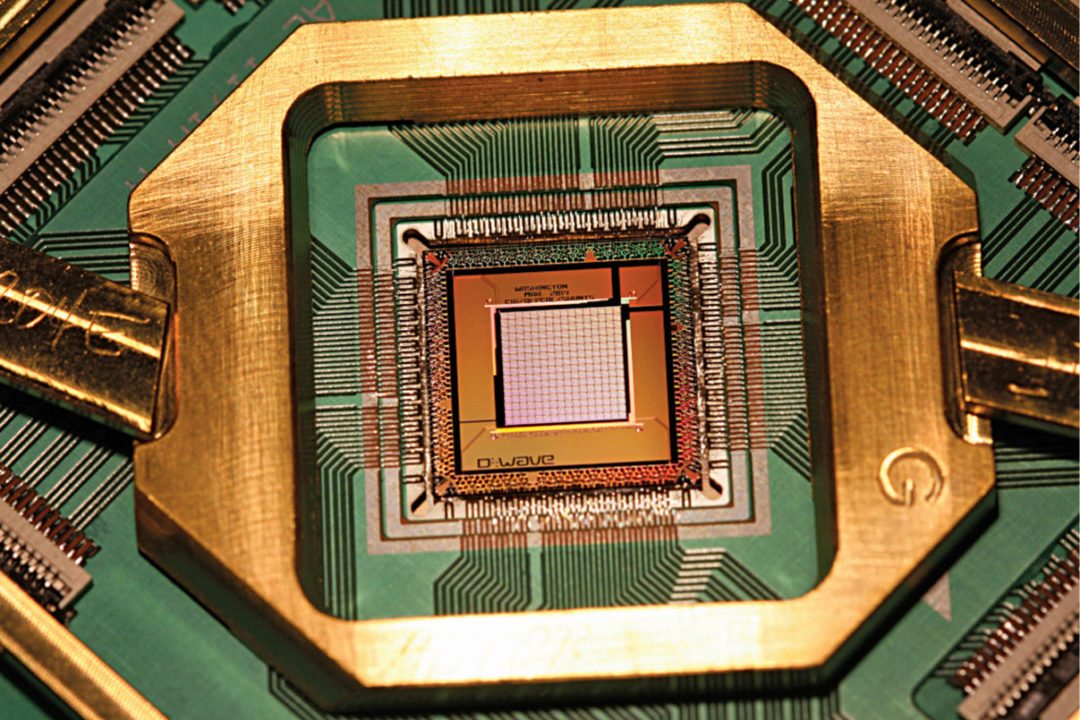
Quantum computing is not just faster computing—it is a new way of thinking about computation. Here’s how it’s set to transform major industries:
1. Cryptography
A. Shor’s Algorithm threatens RSA encryption by factoring large numbers exponentially faster
B. Post-quantum cryptography is being developed to resist quantum attacks
C. Quantum key distribution (QKD) offers theoretically unbreakable communication
2. Drug Discovery and Chemistry
A. Simulating molecules like caffeine or penicillin is computationally impossible for classical computers
B. Quantum computers can model quantum interactions at atomic levels, revolutionizing pharmaceuticals
C. Optimizes molecular configurations to speed up vaccine and drug development
3. Artificial Intelligence and Machine Learning
A. Quantum-enhanced ML models can explore more data dimensions
B. Speed up training time for deep neural networks
C. Handle probabilistic reasoning and optimization more effectively
4. Financial Modeling
A. Quantum algorithms can simulate complex financial systems
B. Optimize investment portfolios with quantum Monte Carlo simulations
C. Enhance risk analysis with multidimensional data
5. Climate Modeling and Sustainability
A. Model atmospheric systems with far greater accuracy
B. Improve renewable energy grid simulations and optimization
C. Accelerate carbon capture material discovery
6. Logistics and Optimization
A. Solve the Traveling Salesman Problem exponentially faster
B. Optimize global supply chains and delivery routes in real time
C. Used by companies like Volkswagen and DHL in simulations
Barriers to Full-Scale Quantum Deployment
Despite significant progress, quantum computing still faces several challenges:
A. Qubit Stability (Decoherence)
Quantum states are fragile and can be disrupted by heat, noise, or time.
B. Error Correction
Quantum operations are error-prone. Building a fault-tolerant quantum computer requires thousands of physical qubits per logical qubit.
C. Scalability
Moving from 100 to millions of qubits is non-trivial and requires new architecture and control systems.
D. Cost and Infrastructure
Quantum computers require cryogenic cooling, clean rooms, and complex hardware, making them expensive and rare.
E. Software Development
Quantum programming is fundamentally different. New languages like Qiskit, Cirq, and Q# are emerging, but quantum developers are scarce.
The Future of Quantum: What Comes Next?
A. Quantum-as-a-Service (QaaS)
Major cloud providers like Amazon (Braket), Microsoft (Azure Quantum), and IBM Quantum offer quantum access via the cloud.
B. Hybrid Quantum-Classical Systems
Most early solutions will combine quantum and classical computing, forming hybrid architectures optimized for specific workloads.
C. Quantum Internet
Research is underway to build a secure quantum communication network, enabling instant, unhackable data transmission.
D. Education and Workforce Training
Universities and companies are investing heavily in quantum education to close the talent gap.
E. Open-Source Quantum Platforms
Initiatives like IBM’s Qiskit and Google’s Cirq allow developers to experiment with quantum code today.
Economic and Geopolitical Impacts
The Quantum Leap will have profound implications beyond science and industry:
A. Tech Arms Race
Countries like the U.S., China, Canada, Germany, and Israel are competing for quantum supremacy, investing billions in national quantum initiatives.
B. Redefining National Security
Quantum computing can both crack current encryption and enable secure communication, making it a strategic technology.
C. Job Creation
A new wave of careers in quantum programming, hardware engineering, and quantum data science is emerging.
D. Startup Ecosystem
Quantum startups like Rigetti, Xanadu, Zapata, and QC Ware are receiving significant funding, driving innovation.
Quantum Computing in 2040: A Vision
A. Portable Quantum Devices – Compact quantum processors embedded in industrial sensors
B. Real-Time Drug Development – AI-quantum platforms designing custom medications on demand
C. Smart Cities Powered by Quantum Logistics – Traffic, energy, and waste managed by quantum optimization
D. Quantum-Powered Cybersecurity – Unbreakable communication channels and dynamic threat detection
E. Interplanetary Navigation – Quantum-enhanced guidance systems for Mars and deep space missions
Conclusion: A Paradigm Shift in the Making
The Quantum Computing Leap represents a once-in-a-century shift in how humanity approaches problems too complex for classical systems. We are entering a world where computation aligns more closely with the quantum reality of nature, unlocking insights and efficiencies far beyond current imagination.
Though challenges remain, the pace of innovation is accelerating. With global investment, a growing quantum workforce, and exponential increases in computational capacity, quantum computing is no longer a question of if—but when.
We are standing at the edge of the quantum era. And the leap has already begun.


